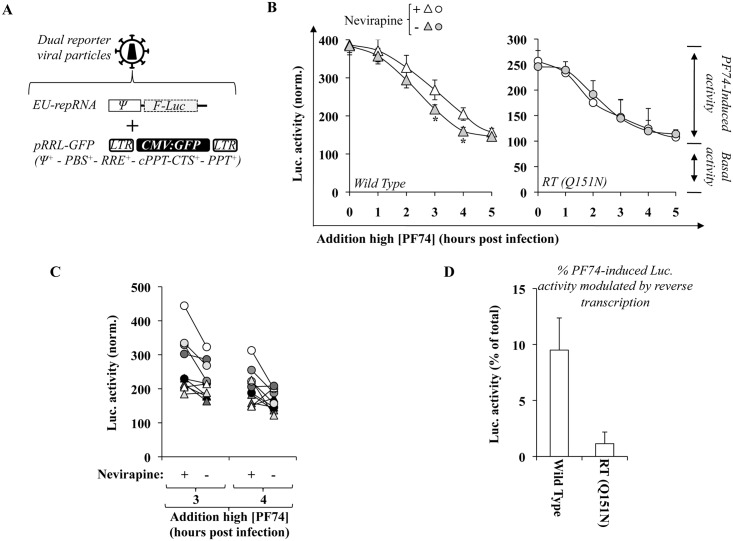Fig 8. Contribution of reverse transcription to the susceptibility of viral cores to high doses of PF74.
A) Dual reporter viral particles were produced by co-transfection of HEK293T cells with DNAs coding Gag-Pol, Env along with the two genomes: EU-repRNA and pRRL-GFP that contains all the elements required for its mobilization in target cells. To favor co-packaging of EU-repRNA in reverse transcription competent viral particles, a ratio of 9 to 1 was used between pRRL and EU-repRNA. CMV, cytomegalovirus promoter; LTR, long terminal repeats; Ψ, packaging sequence; PBS, primer binding sequence; RRE, Rev-responsive element; cPPT-CTS, central polypurine tract-central termination sequence; PPT, polypurine tract. B) Dual reporter viral particles containing a wild type or a mutated RT (Q151N) were used to challenge HeLaP4 cells in the presence or absence of Nevirapine (10 μM). PF74 was added at 23 μM at the indicated time post infection and the overall amount of luciferase activity was measured at ten hours post infection. Values are normalized for the ones observed in the absence of PF74. The graphs present AVG and SEM obtained from 4 to 9 independent experiments. *, statistically significant differences following a Student t test (p≤0.05). C) The graph presents the decrease in the amount of PF74-induced luciferase activity in the individual experiments that compose Fig 8B at t3 and t4. D) The graph presents the percentage of PF74-induced luciferase activity lost in reverse transcription competent viruses over reverse transcription incompetent ones (data of Fig 8B, pooling t3 and t4 data points).

